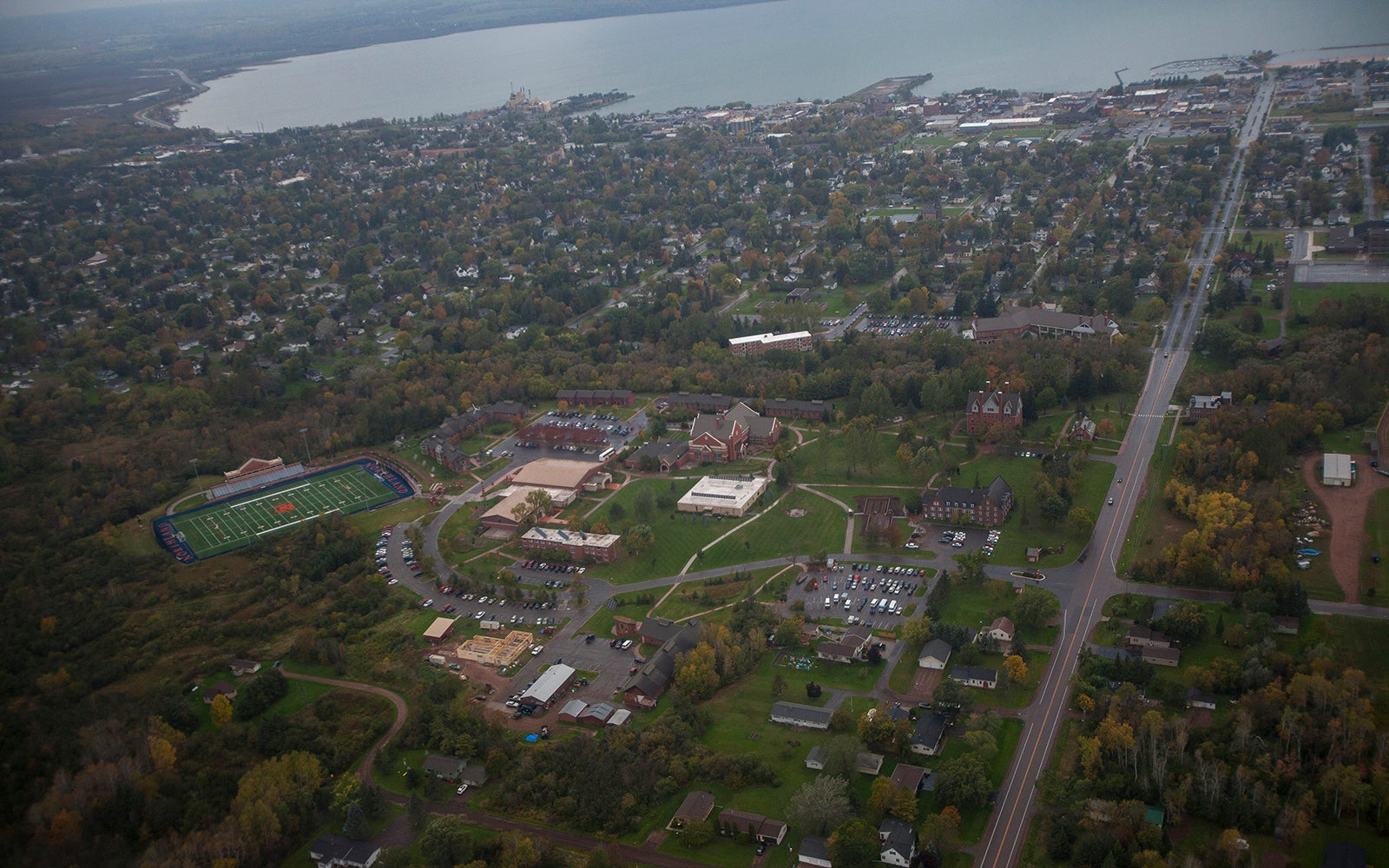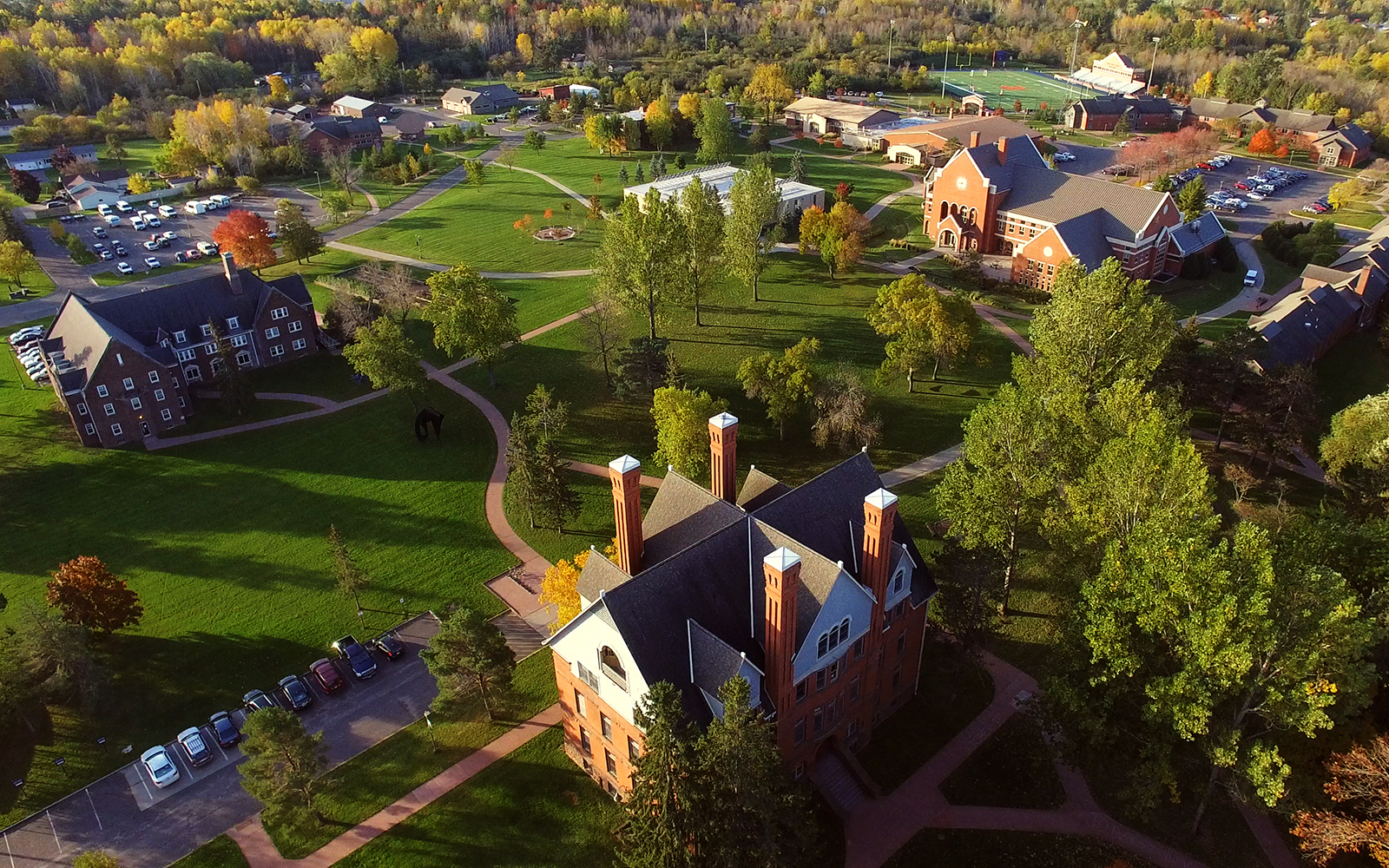A private college in northern Wisconsin announced this week that staff will be laid off and employee wages will be cut to address a $3.5 million budget shortfall. The college’s president said they’re among institutions nationwide contending with rising costs while trying to remain affordable.
Six staff will lose their jobs and the remaining 122 employees will see a 7.5 percent pay cut in addition to discontinued retirement contributions and increased health care costs. Top administrative leaders at the college will see a 10 percent cut to their salary, including the college president who will see a 12.5 percent wage reduction.
Northland College President Mike Miller said families are still recovering from the recession and about half of the 597 students meet the federal poverty threshold.
News with a little more humanity
WPR’s “Wisconsin Today” newsletter keeps you connected to the state you love without feeling overwhelmed. No paywall. No agenda. No corporate filter.
“We have had to become increasingly attractive and affordable for folks, and expenses always go up with inflation and other kinds of things. So, yes, we offer very lucrative financial aid programs for students, otherwise we can’t be competitive,” Miller said.
That becomes a real challenge because it costs a lot to run a college. We’ve got a lot of employees, and there are educational experiences and support systems and all of those kinds of things that are also increasingly necessary to support the students that we have.”
A recently released survey by the National Association of College and University Business Officers found tuition discount rates at private, nonprofit colleges and universities have hit a record high. The trend of college’s utilizing more tuition revenues for grant-based aid is leaving some smaller schools financially unstable.
Northland College has added new programs and centers to become more competitive in recent years. The college has also made changes to food service, and facility and maintenance contracts. Miller said the changes are making a difference, but not fast enough.
“One core message is that we’re doing this to get to safe harbor,” he said. “We’re trying to decrease our vulnerability to things that can happen to the college. The board’s primary concern — and they’re concerned about a lot of things — but their primary concern is that we’re around for another 125 years.”
Students staged a sit-in at the college this week to protest the changes and support college employees. Northland College Staff Council President Demeri Mullikin said staff members are upset.
“We’ll come together to support each other and really focus on why we’re here, which is the students and sending them out into the community to change the world,” she said. “We all believe very strongly in what Northland College is and the education that this college provides for our students.”
Mullikin noted other private colleges are facing similar hurdles. Warren Wilson College, a private four-year liberal arts college in North Carolina, also announced layoffs this week to close a nearly $3 million deficit.
“Higher ed right now is seeing troubles in every single corner of the new presidential administration, with higher ed debt, with financial aid, with the questions around PELL grants,” Mullikin said. “We are making choices to make sure that we are strong and that we will still be here.”
The college is also shifting men’s and women’s golf and cross country to club sports, as well as ending broadcasts from its low-power radio station WRNC. In addition, Northland will end its affiliation with EcoLeague and charge students enrollment fees for May term courses.
One silver lining is that Northland is anticipating its highest freshmen enrollment this fall in two decades.
Tuition costs across the country are rising faster than wages, and fewer high school grads are attending colleges and universities in the Midwest and northeast, according to the National Center for Education Statistics.
Wisconsin Public Radio, © Copyright 2026, Board of Regents of the University of Wisconsin System and Wisconsin Educational Communications Board.



